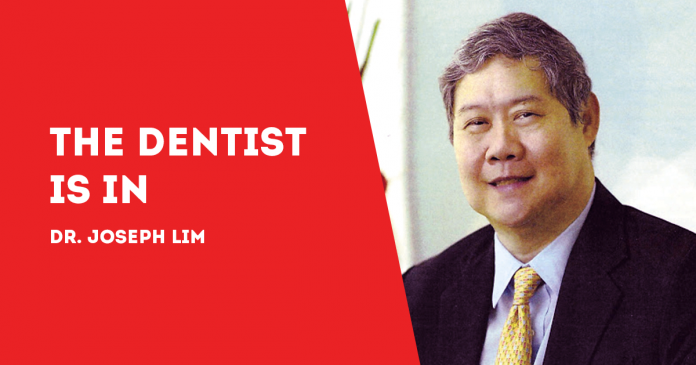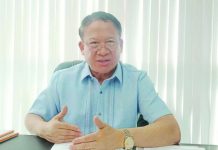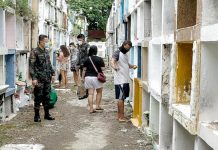
ON APRIL 22, the Philippine Dental Association (PDA) issued a memorandum to all members on what I call a very urgent, very important issue.
As we all know, it’s the coronavirus disease 2019 or COVID1-19.
The memo is complete with graphs and diagrams, a bit lengthy but worth it because it is very informative and provides new, science-based knowledge for dentists to navigate in the COVID-19 environment.
It is also relevant reading for the public, even if only to raise awareness about the many issues dentists have to address in order to make the dental clinic safe for dentists, the dental team and patients.
Patients must also know of the “new normal” that they will encounter in dental clinics such as new ways to make appointments.
These are the reasons why we are devoting time and space on the “PDA Universal Practice Guidelines for COVID”. The recommendations guide the dental professionals and their staff in the restarting of their dental practice once local lockdowns are relaxed or lifted.
Last March 15, PDA cautioned members to treat only urgent dental cases with the proper Personal Protective Equipment (PPE).
“The limitation of these PPEs have led us to limit or completely close our practice,” says Dr. Stephen B. Almonte, PDA President. “Since then, many have been asking, when can we operate normally and go back to our clinical practice?”
Current scientific knowledge states the coronavirus is circulating and it is present in the nasal passages and oral cavity, with the saliva as a possible reservoir of the virus.
The virus is highly contagious and can be transmitted through salivary droplets. It can remain suspended in the air in aerosols through coughing and sneezing. Aerosols (or aero solutions) are liquid droplets in the air.
Aerosols can also be expelled from instruments used in dental procedures such as taking oral X-rays or placing/adjusting orthodontic brackets, elastics and wires. The virus can be active from two to 72 hours and remain viable on different surfaces.
“As responsible health workers, we cannot ignore the need to attend to patients needing urgent management,” the PDA states in the Guidelines.
Thus, based on current science, the PDA now recommends to limit treatment to dental procedures that do not generate aerosols.
The PDA Science Committee together with specialty medical societies consolidated various infection control protocols to come up with a guidelines during the COVID-19 outbreak. It will be updated as new knowledge comes in.
As the tenet of medicine, “Premum non nocere” (“First do no harm”), proclaims, the ethical question arises: are dentists actually prepared to do so?
If they lack personal protective equipment, for example, dentists could be placing themselves, patients and staff including families in danger.
“Our moral obligation dictates that we should serve our community,” Dr. Almonte points out. “However, we need to be properly guided in order to control the possibility of cross contamination in our dental offices.”
The PDA urges its members “to prepare for this new normal in dentistry.”
The PDA Continuing Dental Education committee is now preparing to conduct webinars related to the “PDA Universal Practice Guidelines for COVID”.
“Let me remind everyone that strict adherence to these guidelines does not guarantee our safety,” Dr. Almonte says in the Introduction to the Guidelines. “Despite all precautions, please be reminded that infection may still arise. I strongly urge everyone to stay safe and to continue updating ourselves in this time of crisis.”
***
Dr. Joseph D. Lim is a former Associate Dean of the UE College of Dentistry, former Dean of the College of Dentistry, National University, past president and honorary fellow of the Asian Oral Implant Academy, and honorary fellow of the Japan College of Oral Implantologists. Honorary Life Member of Thai Association of Dental Implantology. For questions on dental health, e-mail jdlim2008@gmail.com or text 0917-8591515./PN





